Learn about plant growth regulators
Currently, with the continuous development of the fertilizer industry, manufacturers are increasingly inclined to produce products that combine many ingredients. Especially with the biological fertilizer line, growth regulators are added. Growth regulators are increasingly widely used by farmers thanks to their unique advantages that not all fertilizers have. So what are growth regulators? What are their applications? Let VNT Company help farmers have the clearest view of this "miracle substance".
1. What are growth regulators?
Growth regulators in plants are growth hormones, with different chemical natures but all have the effect of regulating the growth and development of plants. At the same time, it ensures the relationship between the parts and organs of the plant...
Throughout its life, the plant goes through many different stages of growth and development from germination, growth, flowering, fruiting... Each stage, the growth and development of the plant will be controlled by a certain group of substances.
+) During the growing period, there is a group of growth stimulants.
+) When the plant reaches a certain level of growth, it temporarily stops to move to the flowering and fruiting stage, then a group of growth inhibitors is needed.
Growth regulators will help the plant to carry out these stages in the most balanced and harmonious way according to the inherent characteristics and laws of the plant with very low doses.

What are growth regulators?
2. List of common growth regulators
Auxin
Auxin is a plant hormone belonging to the growth stimulant group, which has a positive effect on the growth process, has a positive effect on the growth process of cells, the activity of the cambium, the formation of roots, the tropism of plants, the dominance of the tips, the growth of fruits, the creation of seedless fruits... but Auxin affects the elongation of plants and is considered the key.
Auxin itself is a substance that stimulates the growth process of cells. However, if Auxin is stimulated with too much content, there will be a phenomenon of reverse inhibition, at that time, Auxin becomes an inhibitor.
Gibberellins
Gibberellins are plant hormones belonging to the growth stimulant group, which regulate plant growth, affecting many developmental processes such as stem elongation, germination, dormancy, flowering, enzyme stimulation, gene expression, fruit and seedless fruit stimulation, etc.
Gibberellins are named GA1, GA2, GA3, etc. in order of discovery. Gibberellic acid is the first Gibberellin whose structure was described, named GA3. Today, the most commonly used Gibberellins are GA3 and the active form of GA1.
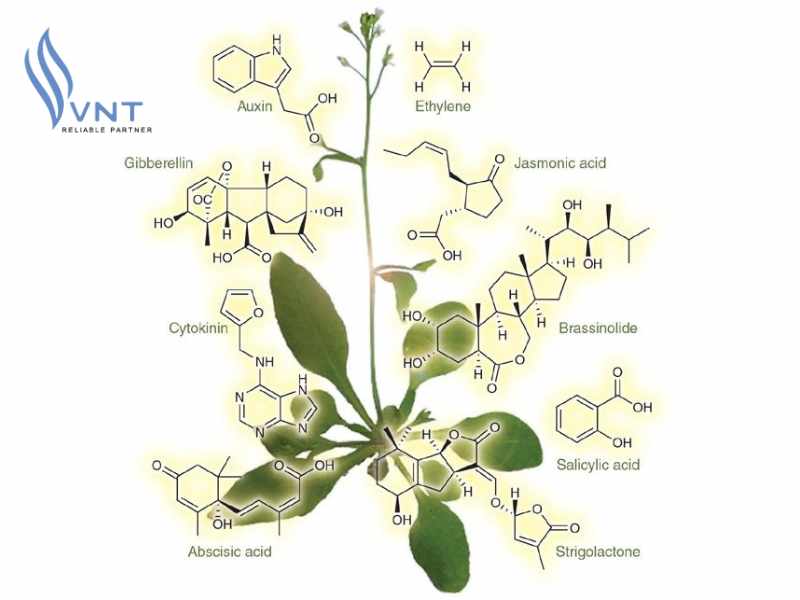
List of common growth regulators
Cytokinin
Cytokinin is a plant hormone belonging to the third group of growth stimulants discovered after Auxin and Gibberellins. Cytokinin is produced in the root tip and in the developing seed, then transported to the stem through the cell tissue.
Cytokinin plays a major role in cell division. The effect of Cytokinin on cell growth in tissue culture depends on the simultaneous presence of Auxin. This ratio is important in determining cell metabolism.
Abscisic Acid (ABA)
Abscisic Acid is a group of natural and synthetic substances, called Dormic, Dormic Acid, considered a plant hormone belonging to the group of growth inhibitors. Abscisic Acid is a strong growth inhibitor discovered in 1966.
Abscisic Acid is synthesized mostly in the roots, leaves, flowers, fruits, tubers, etc., but mainly in the reproductive organs. After the flowers are formed, the ABA content also increases very quickly.
ABA is accumulated in dormant organs, storage organs, and organs about to be used. The accumulation of ABA inhibits metabolism, reduces physiological activities, and can put the plant into a deep dormant state.
When encountering any unfavorable environmental conditions such as drought, cold, heat, salinity, or pests, the ABA content in the leaves increases very quickly. This is the plant's adaptive response.
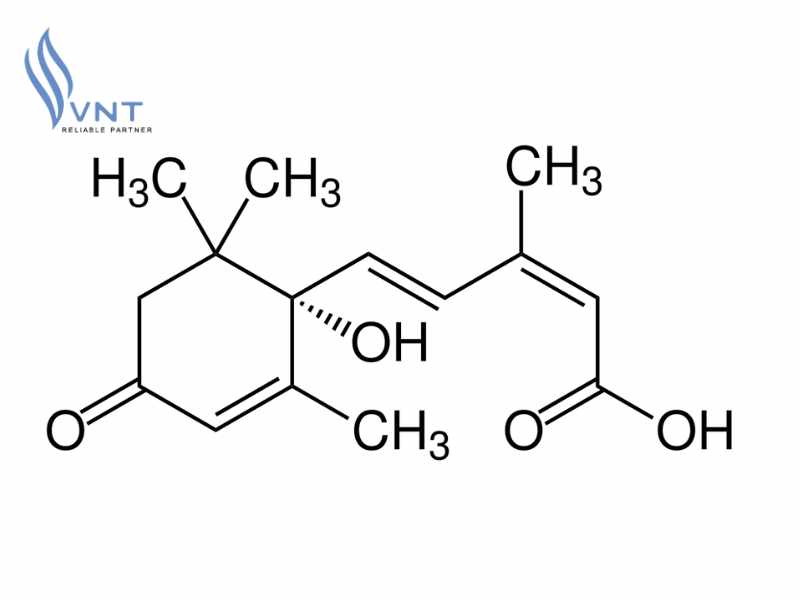
Chemical formula of ABA
Ethylene
Ethylene is a plant hormone belonging to the group of growth-inhibiting hormones, produced in old leaves, old flowers, and ripe fruits. Ethylene regulates ripening, leaf fall, stimulates flowering, fruit ripening, and flower sex differentiation.
Currently, with the continuous development of science and technology, scientists have determined the chemical structure of these substances and have been able to prepare them. In addition, substances with similar effects to growth regulators produced in plants have been prepared for application in production.
3. Plant growth regulators used in agriculture
- Stimulate seeds to germinate quickly and evenly (Usually use Auxin and GA)
- Stimulate rooting for grafted branches and cuttings (Auxin is a highly effective substance).
- Stimulate plant growth, increase height, increase biomass and increase crop yield.
+) For crops that need to increase height such as sugarcane and fiber plants, use GA.
+) For rice, vegetables, flowers, fruit trees, and perennial industrial plants, you can use Auxin, GA, and Cytokinin.
– Stimulate flowering and fruiting.
+) For fruit trees that want to flower early and in a concentrated manner, you should use growth regulators. Depending on the type of tree, you can use many substances such as Auxin, GA or Ethylene, Paclobutrazol.
– Limit the loss of buds, flowers, and fruits:
+) To prevent this phenomenon from happening, you must add Auxin and GA.
– Adjust the ripening of fruits:
+) In practice, adjusting the ripening of fruits quickly, slowly, and uniformly for mechanical harvesting is very important. Some fruits are harvested when green, such as bananas, tomatoes, etc. Therefore, adjusting the ripening process for transport or making the fruit ripen quickly and evenly, with beautiful colors for market, is extremely necessary.
+) People often use Ethylene to ripen old fruits or some fruits that have started to ripen, such as mangoes, bananas, tomatoes, etc., by spraying or dipping.
+) On the contrary, if you want the fruit to ripen slowly to prolong the harvest and transportation time, you can use GA.
+) For flowers, if you want the flowers to stay fresh for a long time, you can use Cytokinin.
- Adjusting the sex of flowers:
+) Many studies show that using Auxin will change the ratio between male and female flowers.
+) Using Gibberellin will stimulate the formation of male flowers, the development of anthers and pollen grains.
+) Using Ethylene and Cytokinin will stimulate the formation of female flowers.
– Stimulates the secretion of latex in latex trees:
+) The rubber industry often uses Ethylene to apply to the tapping mouth to stimulate latex production, increasing rubber latex yield.
– Increases seedless fruit set:
+) GA is often used to spray on plants during the flowering stage.
– Tissue culture:
+) The two most commonly used groups of substances are Auxin and Cytokinin to create a complete, balanced plant with roots, stems, and leaves. Auxin stimulates root growth, while Cytokinin stimulates shoot growth.
– Regulates flowering of plants.
In addition, growth regulators are also used for many other purposes. For example, stimulating or inhibiting germination of seed tubers, causing leaf shedding for easy harvesting (beans, cotton), shortening plants to increase plant density, shaping ornamental plants, or even to kill weeds…
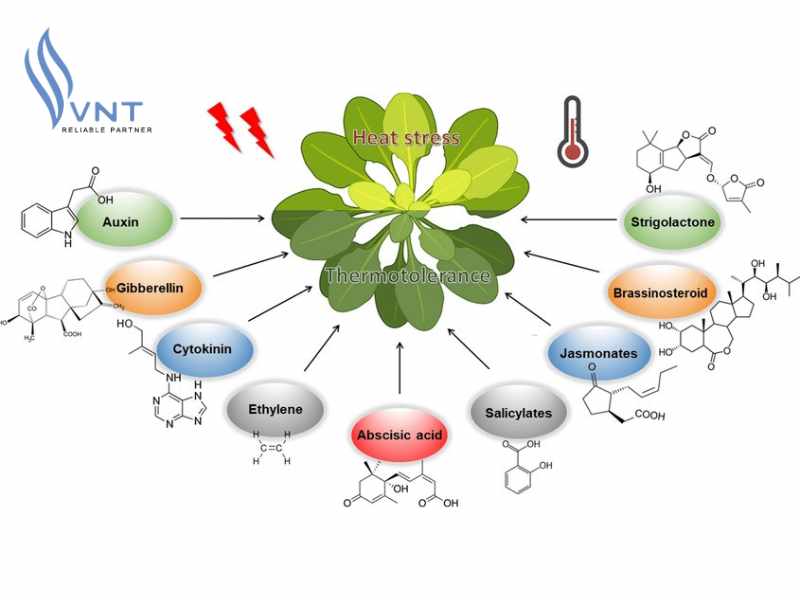
Application of growth regulators
4. Principles when using growth regulators in agriculture
Concentration of use
The effectiveness of growth regulators depends on their concentration.
+) If using growth regulators to stimulate, use low concentrations. If using them to inhibit growth or kill weeds, use higher concentrations
+) Different parts of the plant, plants of different ages will respond differently to growth regulators. Young plants have stronger responses than old plants, roots and shoots have stronger responses to Auxin than stems.
Therefore, the use of growth regulators requires determining each type of plant, the part of the plant that needs to be used, the growth period of the plant and the appropriate concentration of growth regulators to achieve the best results.
Principles of coordination
The use of growth regulators must satisfy the ecological conditions and nutritional factors of the plant. Because growth regulators enhance metabolic processes without directly participating in metabolism, they cannot be used as fertilizers.
Therefore, to use growth regulators effectively, it is necessary to determine the season and the natural conditions of the crop area (temperature, humidity, light, etc.). At the same time, it is necessary to provide reasonable fertilization and irrigation for crops.
The combination of using growth regulators with reasonable fertilization will help increase mutual effectiveness, leading to the best absorption of crops.
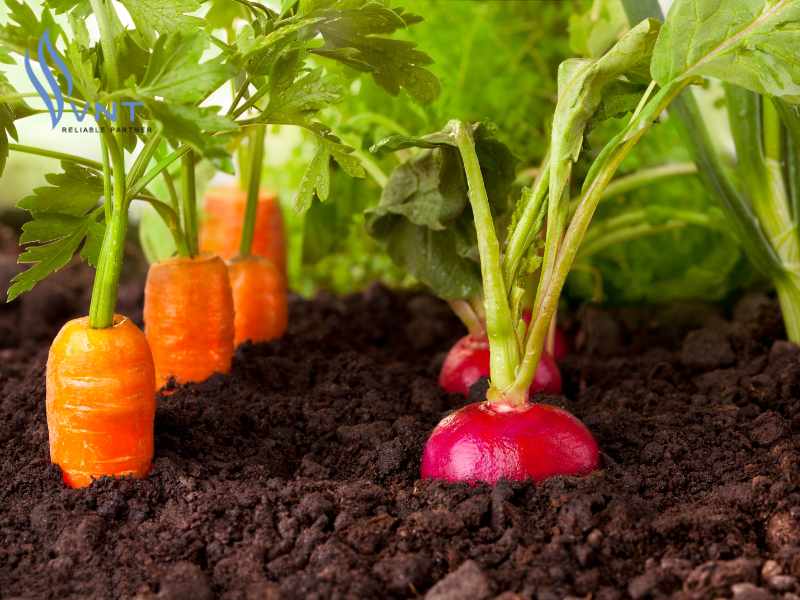
Combining MPK fertilizer and growth regulators
Principle of physiological antagonism between endogenous and exogenous growth regulators
For example, using Auxin treatment and endogenous Ethylene in preventing leaf, bud, flower, and fruit drop. Physiological antagonism between Auxin and Cytokinin in root and shoot differentiation. Or antagonism between exogenous Gibberellin and endogenous Abscisic acid in breaking the dormant state of plants...
Principle of selection
This is a commonly used principle with weed killers. Weed killers are highly selective. An herbicide only works on certain plants and has little or no effect on other plants.
It can be said that growth regulators have very miraculous and important effects. They control the growth of crops according to human wishes. However, they cannot replace fertilizers. Therefore, you need to apply it correctly according to the instructions to achieve the best results.



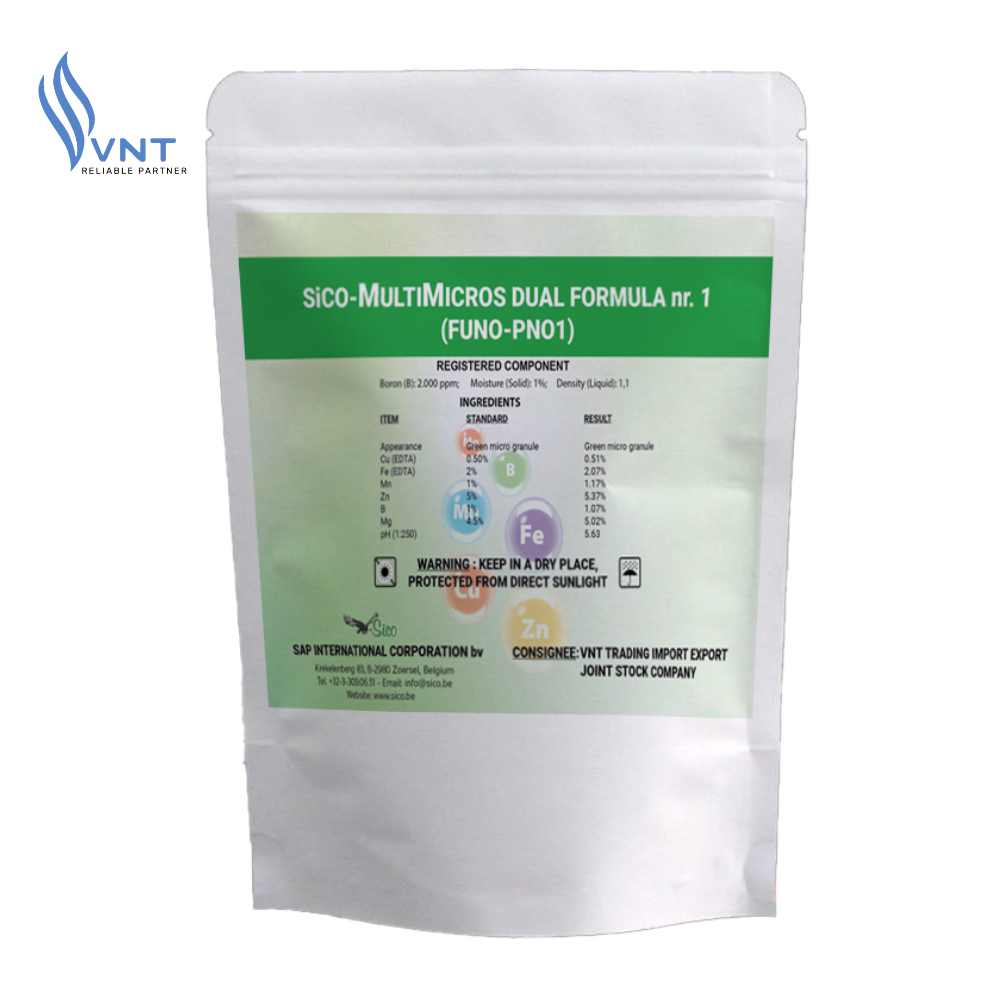
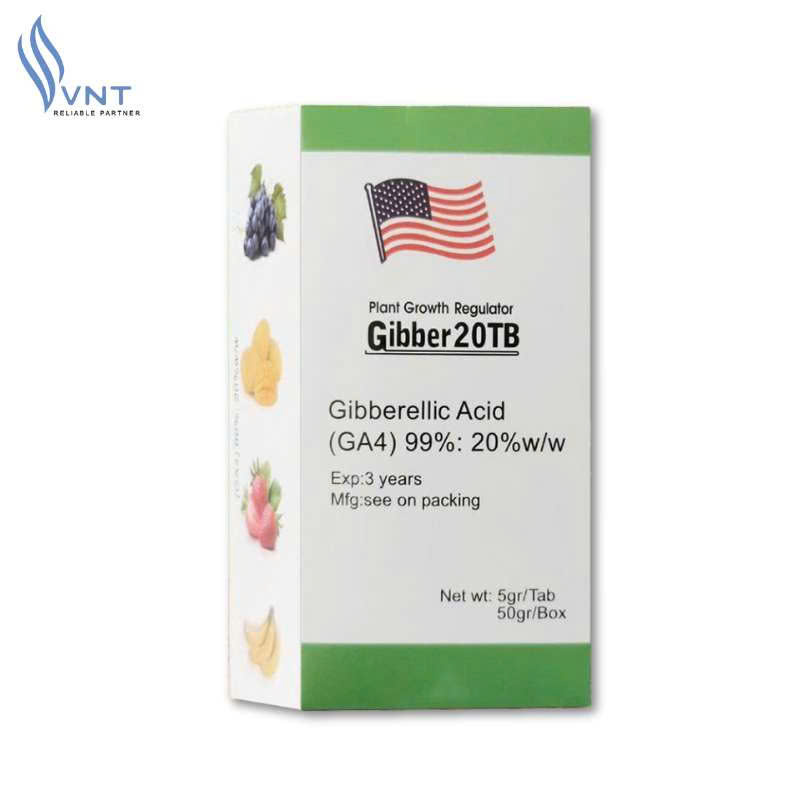

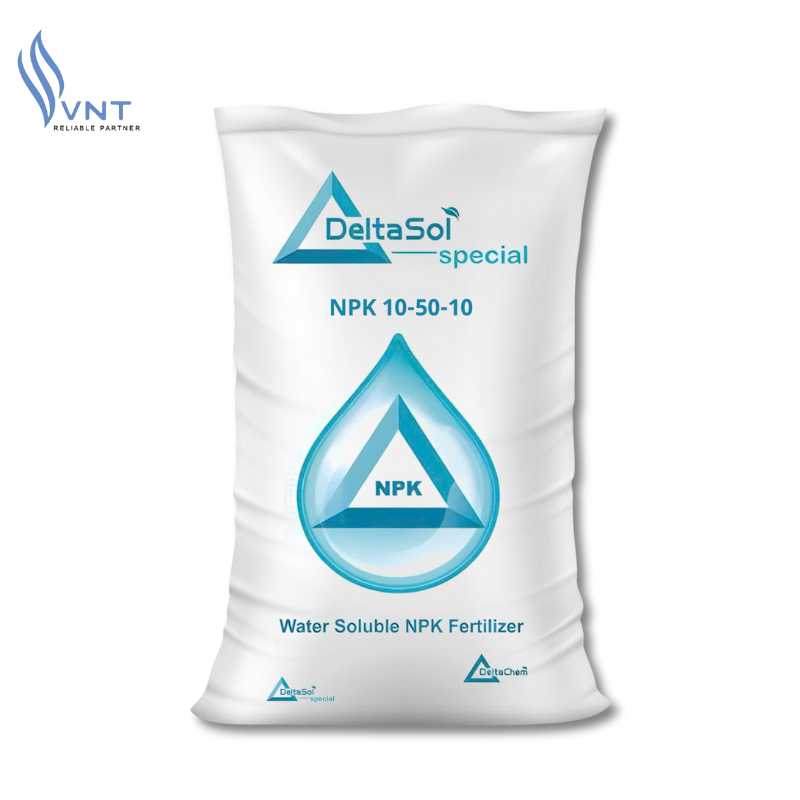
![[Q&A] How Long After Applying NPK Fertilizer Can You Eat Vegetables?](https://vntradimex.com/public/files/news/bon-phan-npk-cho-rau-bao-lau-thi-an-duoc-685e204cde416.jpg)

![[SHARE] How to use NPK fertilizer properly that everyone should know!](https://vntradimex.com/public/files/news/cach-dung-phan-bon-npk-dung-cach-682c46ab907d2.jpg)




